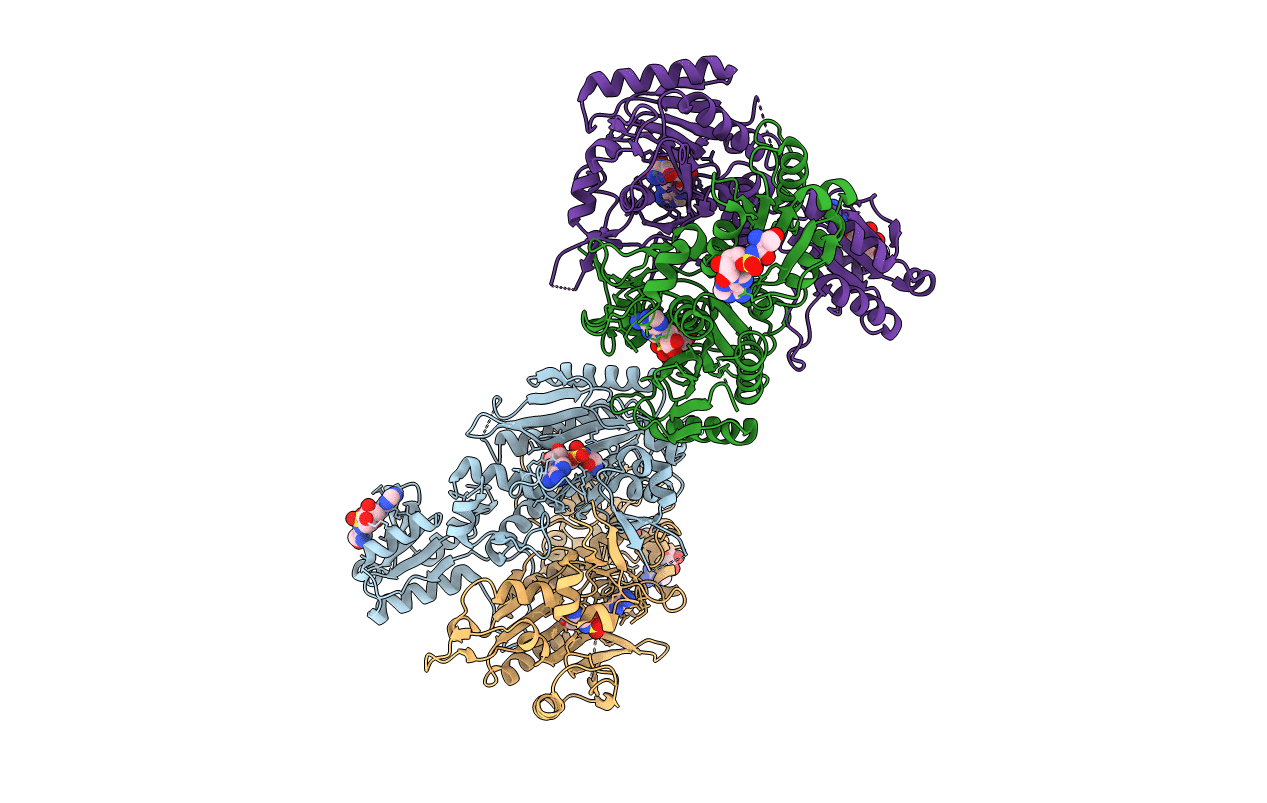
Deposition Date
2012-04-13
Release Date
2012-07-11
Last Version Date
2024-02-28
Entry Detail
PDB ID:
4EO4
Keywords:
Title:
Crystal structure of the yeast mitochondrial threonyl-tRNA synthetase (MST1) in complex with seryl sulfamoyl adenylate
Biological Source:
Source Organism:
Saccharomyces cerevisiae (Taxon ID: 559292)
Host Organism:
Method Details:
Experimental Method:
Resolution:
2.87 Å
R-Value Free:
0.22
R-Value Work:
0.17
R-Value Observed:
0.17
Space Group:
C 1 2 1


